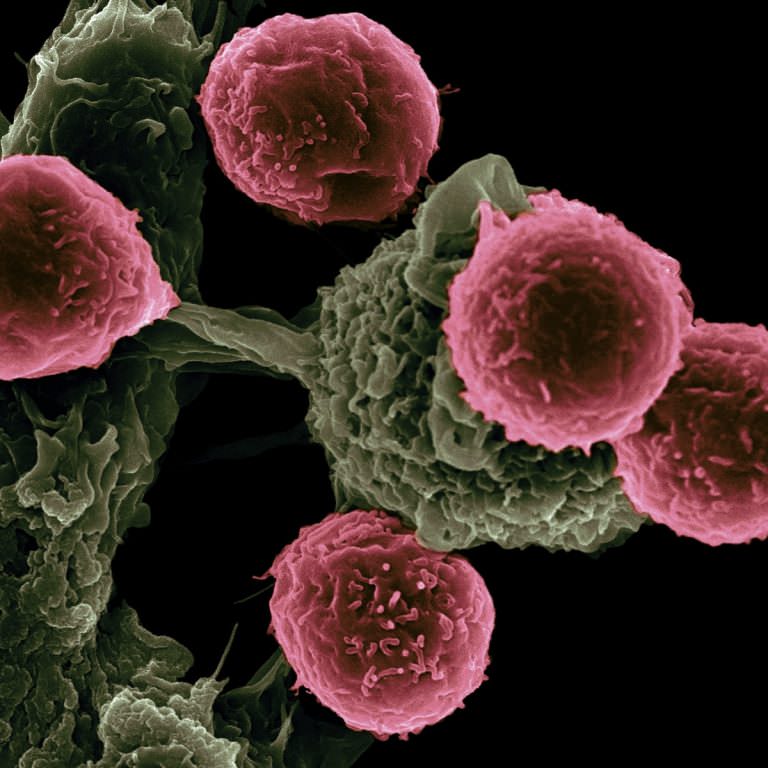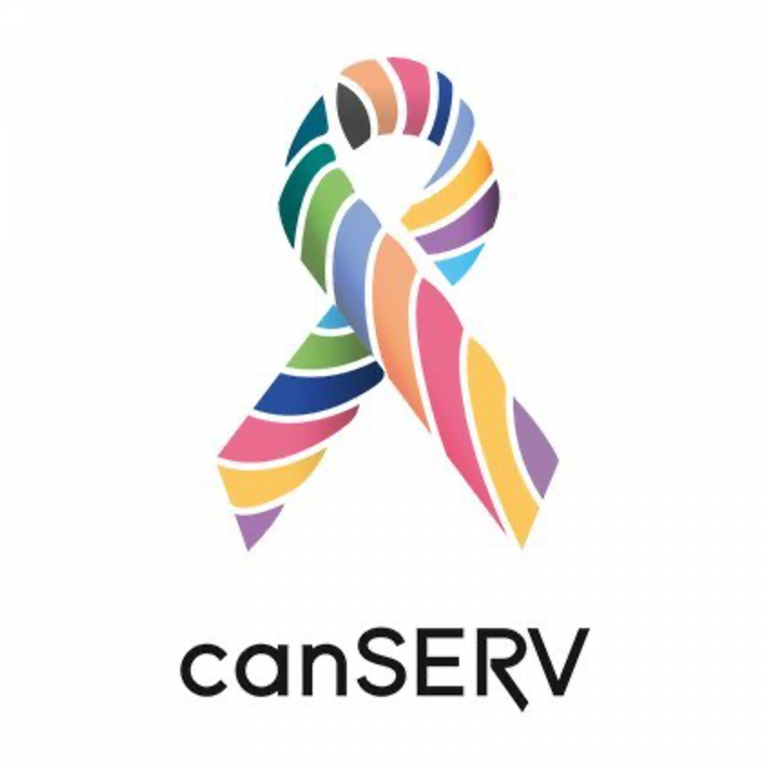TA calls provide trans-national access to researchers or research teams to one or more services among those offered by INFRAFRONTIER partners. These access activities are implemented in a coordinated way to improve the overall services available to the research community. Access is made available to external users, either in person (‘hands-on’) or through the provision of remote scientific services, such as the provision of reference materials or samples or analysis of samples.
INFRAFRONTIER Cancer Services
Over the past 60 years, mouse models have become indispensable in the study of carcinogenesis. Their major advantage lies in the ease with which they can be genetically engineered. The access to conditional lines that allow temporal and spatial activation of oncogenesis has helped researchers to understand basic concepts of cancer, as well as develop and test promising treatments (Hirst and Balmain 2004).


